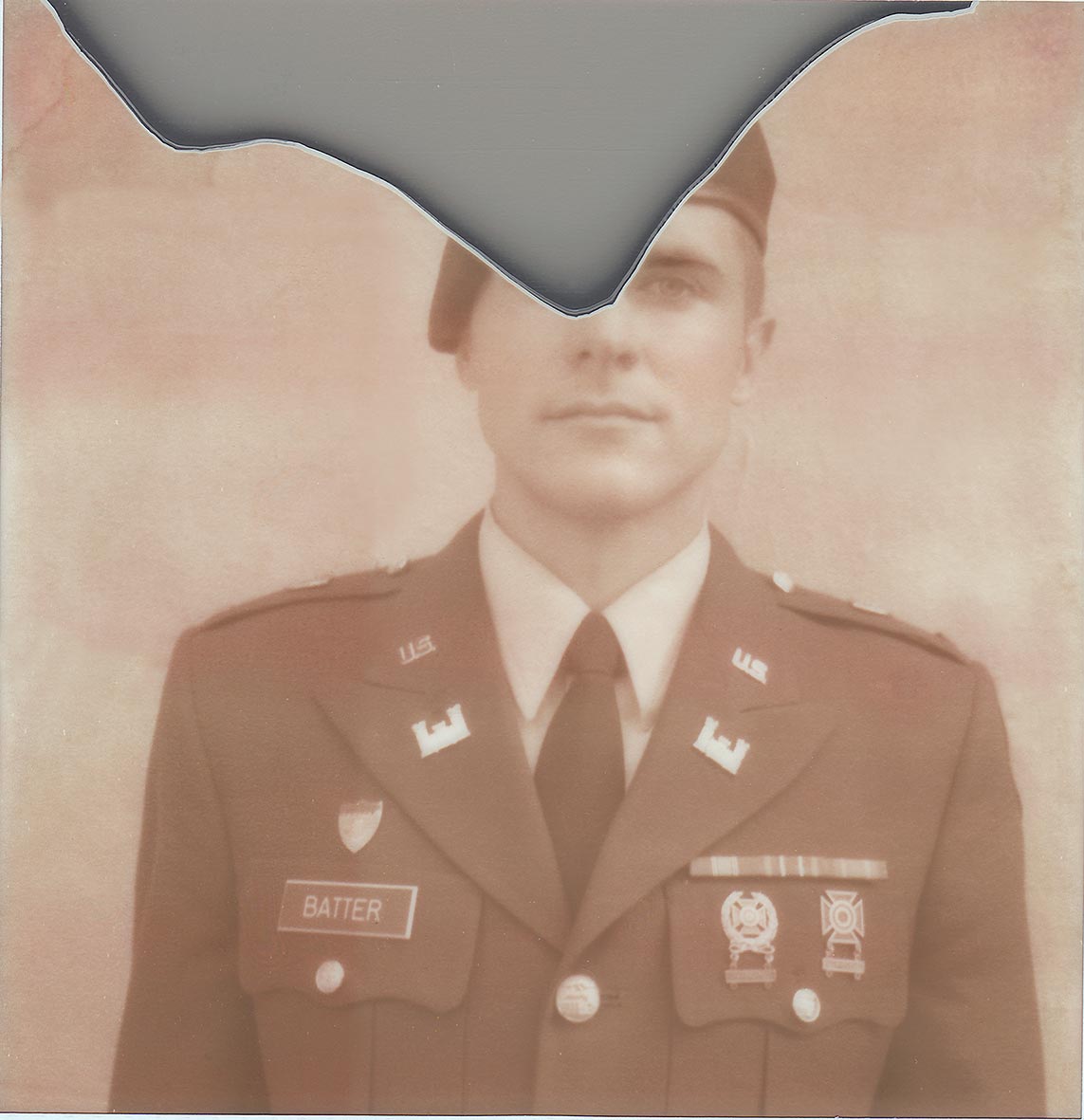This season, photographer Paul Solberg launches his latest book, Ten Years in Pictures, looking back at his past decade of picture making. Called both “powerful” and “fragile” by Calvin Klein, Solberg is known as much for his still life as he is for his portraiture. Document catches up with Solberg to discuss his artistic process and a photo he always wishes he had made.
Your images speak more to the discovering of a moment than creating one. Tell us a little bit more about this.
The camera is just a tool—like a keyboard for a writer or a brush for a painter. There are many ways to approach taking a picture. For me, particularly the past ten years, I was always on the road. So it forced me to use my eyes on the streets wherever I was: Cairo, Sicily or Saigon. Although I longed for more time in the studio, most of the pictures in this book were on the streets, wherever I was. And the advantage of finding subjects on the street, they look at the camera much differently than someone used to looking into a camera. Stripped of self-awareness and raw.
It’s about paying attention. With any artistic pursuit, you have to be innately curious. Otherwise, what should be effortless is a ball and chain. Your photographic eye comes from our storage of experience. That’s why photographers get better with age.
I looked at the pictures a week later and every one of them had disappeared. The fragile film took the images away.
You capture sensitivity in your subjects, especially in the Service series. What draws you to your subjects?
Always circling around my head is a library of imagery. A mixture of floating pictures I have yet to take. But occasionally, I pull an idea down and take it. This happened with my “Service” series (2010). Years before I took these portraits, I could “see” the pictures but I didn’t know how to proceed. They were not antique or sentimental, but were void of a time reference.
In 2010, I accidentally bought unstable Polaroid film in May, when the Armed Forces came to NYC for Fleet Week, coming off the Hudson River through Hell’s Kitchen, where I live. It was several dozen portraits in four days of shooting. I looked at the pictures a week later and every one of them had disappeared. The fragile film took the images away. Fortunately I scanned 20 of them.
Tell us about a photo you had wish you made but did not, a time an attempt never made it through the lens, in your own words.
The two people I hope to photograph someday are Malala Yousafzai and Jane Goodall. Two of today’s superheroes. One transcends gender, the other transcends being human, and they inspire us all to be better. Charlotte Rampling, Isabella Huppert, Maggie Smith: those are three beautiful faces, which I’ve always dreamed to photograph.
Ten Years in Pictures by Paul Solberg is available now from Glitterati Incorporated.


















